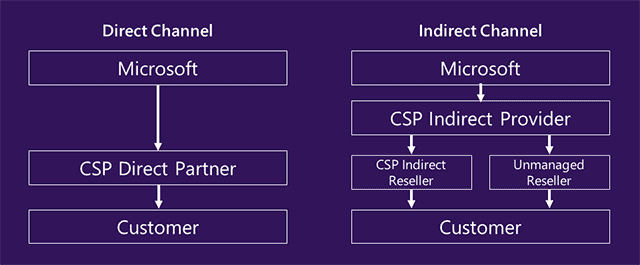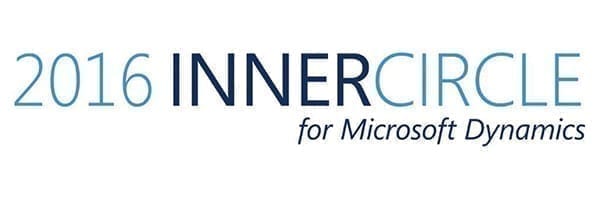In today’s world, the ‘old’ guidelines for sales don’t cut it any more. You need agility and adaption to align with the new buying behavior. Therefore we need a new approach, says Marketing Manager Harco van Polen. He created what he calls the Integrated Marketing and Sales process. Download the handy guide now.

There are actually two compelling reasons to update and integrate your Marketing and Sales process. Allow me to elaborate just a bit…
Changing buying behaviour
The first one is the changing buying behavior we are currently experiencing with new customers. It is no secret that by the time they contact you, they are already at about 60% of their buying cycle. And yes, I state Buying cycle, because the prospect holds all the power. The days of the Sales cycle, where we were in the lead, are long gone…
So… what can you do to influence the prospect in the first 60% of his buying journey? Well, to be honest, Marketing has to do the heavy lifting here. Marketing is the new Sales during this phase. If we want to influence buying behavior, we need to be relevant. And if we want to be relevant, we need to help the prospect in his journey, educate him/her if you like. We need to tailor the prospect with the right message at the right time, when he or she is ready for it, not when we are. In short we need to nurture a prospect until they contact us.
And with this nurturing, we need to redefine the current Marketing and sales processes and integrate them to create a seamless prospect journey or buying cycle.
Cloud based products
The second reason is the cloud; well your cloud based product to be more precise. More and more QBS partners are adding repeatable solutions next to their existing projects. So in essence, they sell projects AND products. This presents a difficult challenge for Sales and Marketing. You want to differentiate the approach and timing of a buying cycle, but also want to make use of the same systems and tools. Maybe even the same people, although this should be a temporary grace period.
Preferably, you need to have one approach for both businesses, be it with a different timing aspects and some exceptions. And there you have it… the second compelling reason why we need to change the way we sell to accommodate the way prospects are buying.
The ‘old’ guidelines for sales
For years, Microsoft has (rightfully so) been pounding us with the Microsoft Solution Selling Process (MSSP), a full blown 9-stages sales trajectory for project selling. Next to that they hammered the world famous BANT-criteria to ‘qualify’ a lead. Both are widely spread and used in our community. Although the model is… somewhat inflexible, in the project business it was a guideline for many.
But in today’s world where you need agility and adaption to align with the new buying behavior, MSSP just doesn’t cut it any more. So Microsoft released the Accelerated Sales Process (ASP) (and some odd differentiations to it). But moving away from MSSP to ASP proofed a challenge for Project centric partners.
Right, so if I’m a QBS partner selling NAV projects and OneBizz (or equivalents products), I’m stuck in the middle.
That’s why we need the Marketing and Sales chunks integrated and accelerated. We need to adapt to the customer journey (which is not linear!), educate, nurture and sell… You definitely picked the right challenging business to work in…
Nurturing is for marketing, closing is for Sales. Buying cycles can take up to 2 years or 30 days… And we need to transfer from marketing to sales seamlessly. No matter what deployment you use.
A new approach
QBS has asked me to developed a what you might call an Integrated Marketing and Sales process.
Be warned, it’s not the silver bullet. It could however be a solid foundation for you to use the same resources, tools and systems for all your business. With it you will get an integrated insight in your integrated funnel. You will be able to have the correct conversation with your marketing and sales people when defining weighted or unweighted pipelines. And, you can accommodate the wishes of your prospects and customers.
In this process, we have clearly stated WHY the respective stage is there, HOW you should achieve the stated goals and WHAT you need to do to get there. We also explained the desired outcome and when to walk away, NOT moving to the next phase or stage. It also helps you determine what minimal information you should register in you (CRM) system.
And last but not least, we have incorporated ample time and structure for a fantastic hand-off between Marketing and Sales.
Go ahead, take a look and make use of it the way you feel would fit you. You can find the process below.
If you have any questions at all, please feel free to contact me. I’d love to help where I can.
Enjoy!
Harco
Download
Download the handy guide for Integrated Marketing & Sales. Do you want the printed version? Please contact us.






















